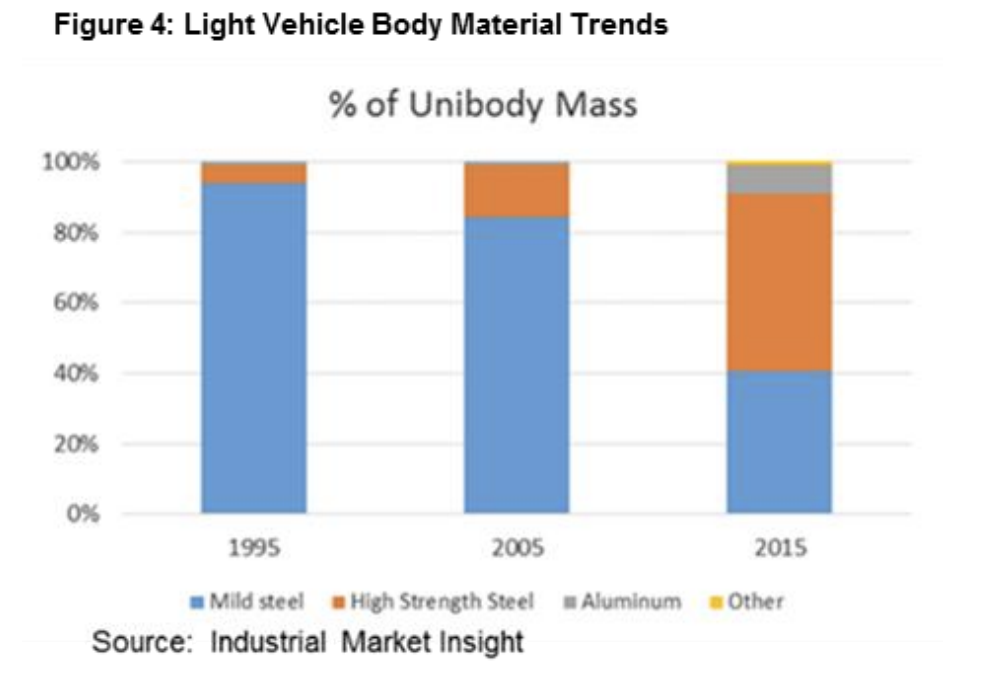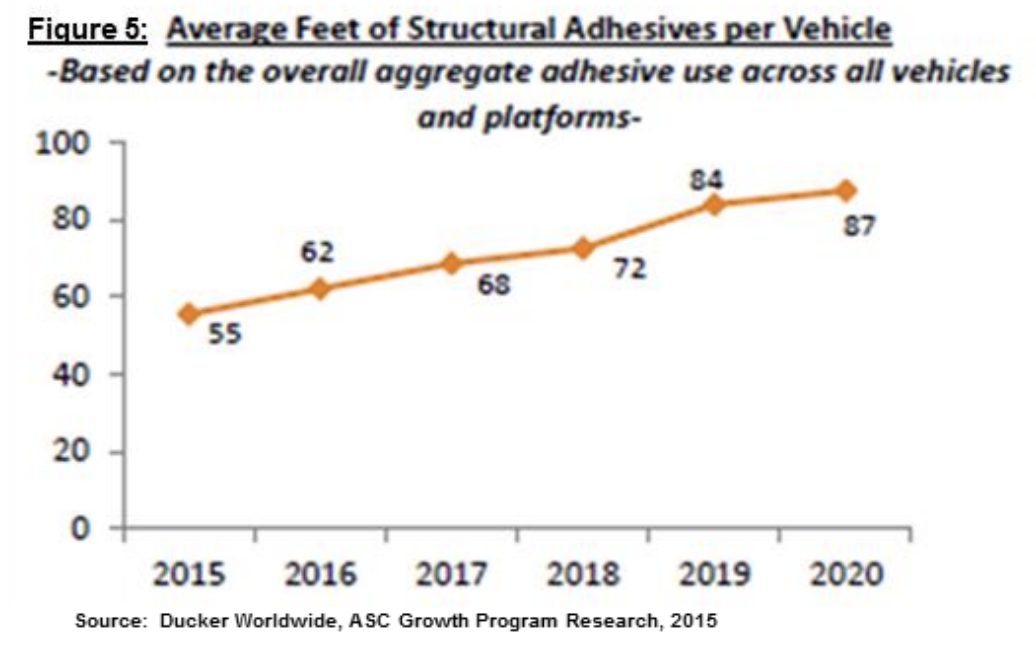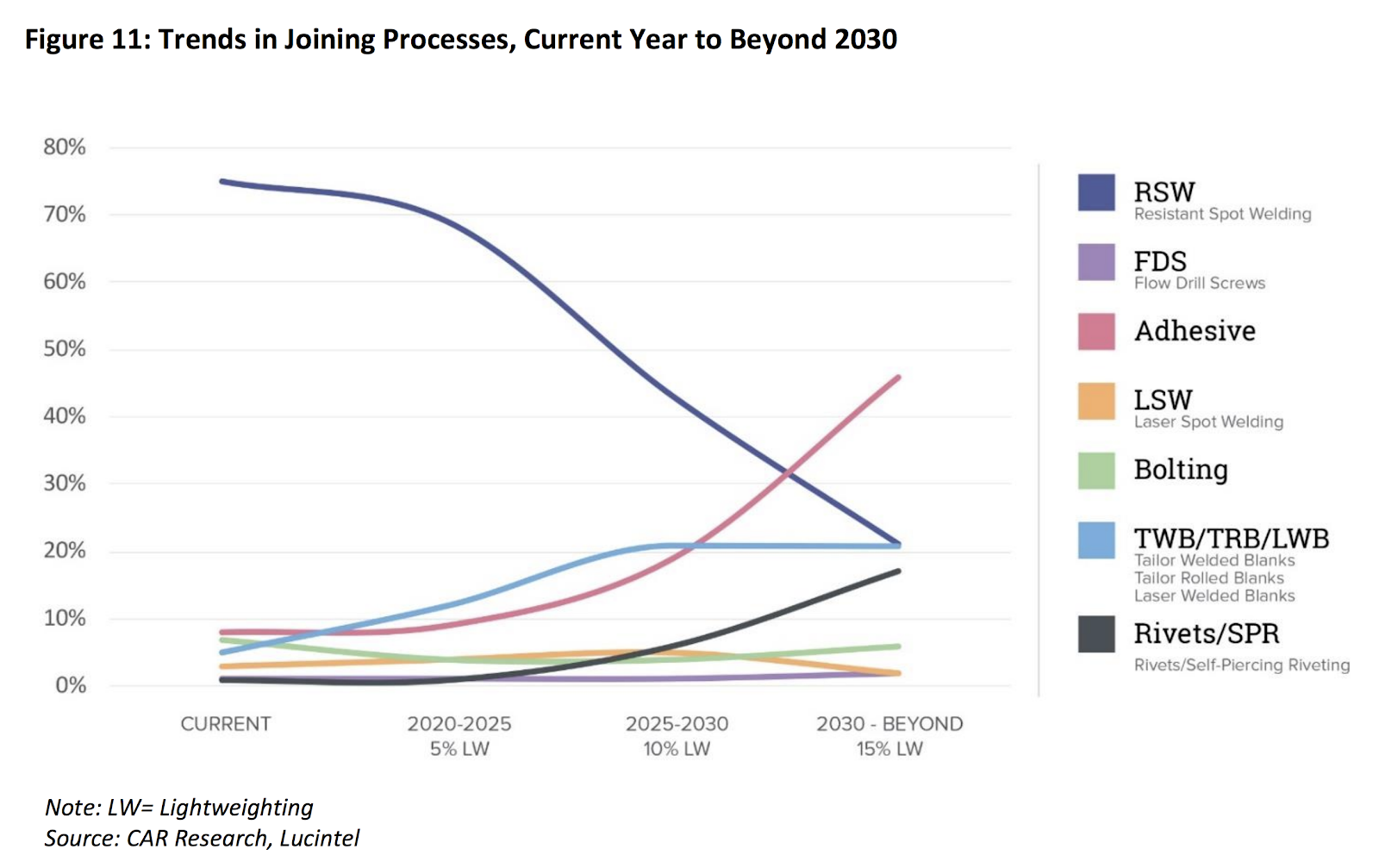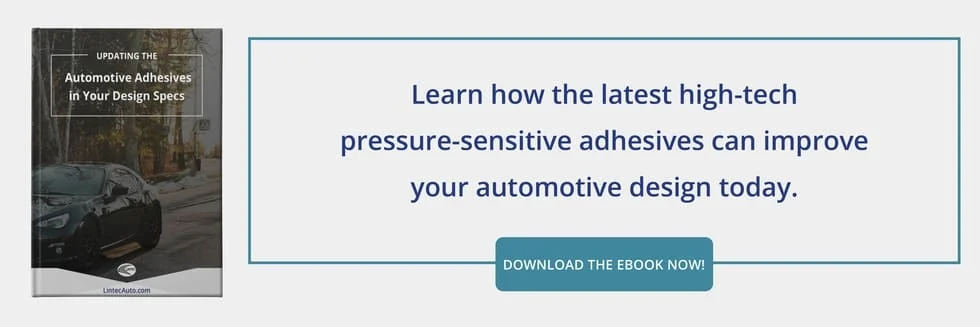Hindsight in 2020: How Automotive Adhesive Products Have Changed

They say that hindsight is 20/20. So, we’re ringing in the new year (and the new decade!) by looking back on the progress automotive adhesive products have made in the 21st century. Twenty years may be a long time when it comes to manufacturing innovation, but it’s not nearly as long as the full history of adhesives in cars. In fact, early automotive adhesives—once used as bonding agents for wood and canvas—are as old as the industry itself.
It’s also safe to say that adhesives, more broadly, have come a long way since that time in Holland, around the year 1700, when the first animal glue factory opened up:

(Source: Laughing Squid on Twitter)
So, what about the changes we’ve seen in just the last 20 years of automotive adhesives? Let’s start by asking ourselves three questions:
- Where are automotive adhesives being used now that they weren’t before?
- What new technologies or adhesive products have been developed since 2000?
- How much more are adhesives relied upon in cars today?
To get to the bottom of it, let’s look back at The New Century of Adhesives, a report by Adhesives & Sealants Industry from September 15, 2000. Here are a few telling excerpts about the state of the industry at that point:
- Automotive adhesive products were “stronger now than they were 20 years ago,” and they were projected to “continue to get stronger.”
- One emerging problem was that the “substrates involved are dissimilar—urethane to aluminum or PVC to stainless steel. These applications tend to be the toughest for the customers because they have not found reliable answers to their problems.”
- Also, for the first time, “environmental issues (such as volatile organic compounds (VOCs), recycling needs and product life-cycle responsibility)” were starting to attract significant attention in the market.
A few trends quickly arise from the report. As of the year 2000, the “wish list” for new automotive adhesive products in the next millennium looked like this. Manufacturers wanted more adhesives that could:
- Bond dissimilar substrates
- Replace mechanical methods and fasteners
- Achieve structural strength
- Solve for unclean, uneven, and defective surfaces
- Shorten cure times
- Bond low-energy surfaces
- Develop thinner films
- Improve on environmental metrics
The reason for many of these is clear; the materials in car bodies were changing. LSE plastics, mixed metals, and composites were taking over for predominantly mild steel design. Lightweighting has been a major catalyst for these changes. Look at how much light vehicle bodies changed from 1995-2015:

(Source: Adhesives.org & Sealants.org)
This, of course, translated into increased use of automotive adhesives like tapes and films that could cut weight while rigidifying the body.

(Source: Adhesives.org & Sealants.org)
In fact, Reuters reports that by 2013, GM’s CTS sedan used 118 meters of structural adhesives (longer than a soccer field), which made it 40% stiffer than earlier models. The adhesives also enabled them to use aluminum doors and shave off 25kg in weight. That same year, the Audi R8 was being fastened primarily by advanced structural adhesives that had been “developed to withstand racetrack vibrations and fierce heat.”
Automotive adhesive products have spread throughout modern vehicles, doing jobs like:
- Replacing rivets, fasteners, liquids everywhere
- Affixing automotive emblems
- Mounting trim
- Paint protection
- Paint replacement
- Blackout framing
- Vibration damping
- Temporary protection (shipping, packaging, pre-sale)
The evidence suggests that we’ve indeed accomplished many of the goals that the industry set in 2000. So where are we trending now? What about the next 5, 10, or 20 years? CAR Research projects that adhesives will overtake all joining processes in the automotive industry in short order:

(Source: CAR Research — Automotive Technology Roadmaps 2017)
This growth is fueled by a steady stream of advancements over the past 20 years, such as:
- Cyanoacrylates strong enough to attach body panels on buses
- Modern urethanes that won’t yellow over time
- Sophisticated cellular polymers that allow out-gasses (from thermoplastic substrates) to pass-through
With continuous R&D progress, automotive adhesive products are well-positioned to take over the industry in the 2020s and beyond.

